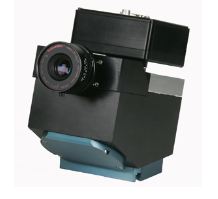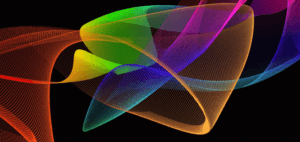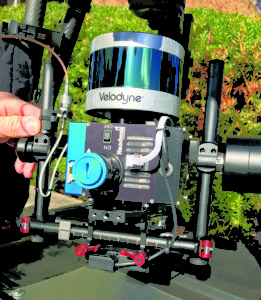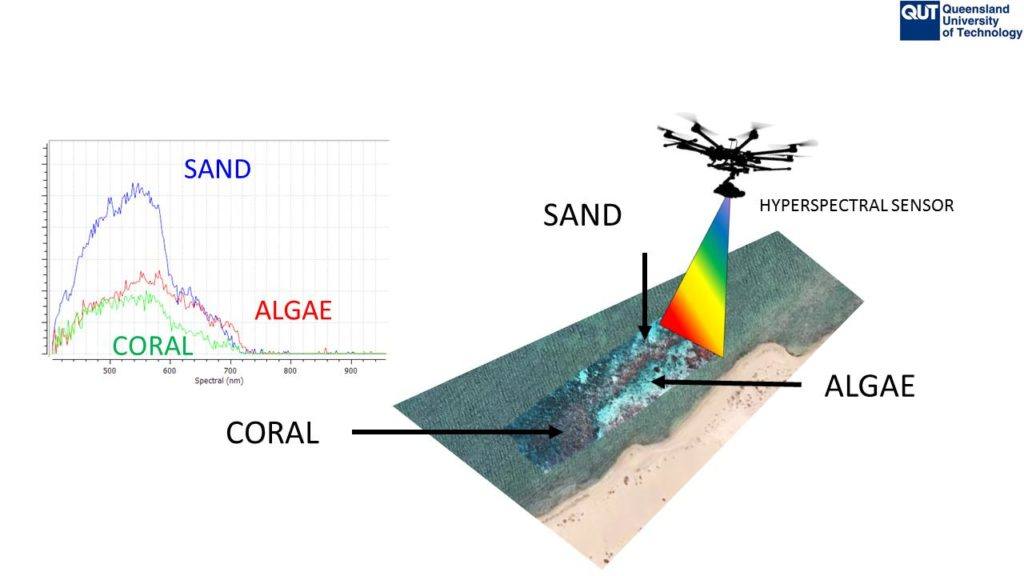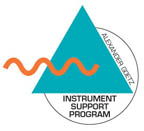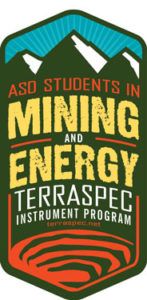Eureka!
Modern gold exploration takes advantage of technological advancements including Portable X-ray fluorescence (XRF) analysers.
XRF sampling techniques in gold exploration map the distribution of gold and in particular, the various pathfinder elements associated with gold (silver, copper, zinc, nickel, mercury, arsenic and barium). It’s much easier to find the pathfinder elements than it is to find gold: once found, these elements are signposts helping to determine if gold is nearby.
While geophysical methods can be crucial for gold exploration, geochemical methods, including portable XRF solutions from Thermo Fisher, are the only ways to measure concentrations of gold and other associated elements.
In 1848, the discovery of a gold nugget in northern California sparked the California Gold Rush, the largest mass migration in U.S. history. Today, the idea of finding gold holds the same allure, with some modern-day prospectors in the Mother Lode region of California searching for gold the old-fashioned way, using buckets and classifiers, hog pans and cradles.
XRF a boon for modern gold exploration
A major difference between the prospecting of old and today’s multi-billion dollar industry is the scale: tonnes instead of bits and pieces.
Indeed, thanks to modern techniques like portable XRF and good old hard work, traditional gold workings have again produced significant finds, with discovery of large seams and previously unplumbed deposits.
According to a 2017 article published on abc.net.au, “Exploration for gold continues apace in every state and territory and the projects nearly all have one thing in common — the pioneer fossickers and gold panners who pushed wheelbarrows across the country in the first gold rush were there before them.”
The article cites the example of the Commonwealth Project, located in the gold-rich district around Orange, NSW. Advanced exploration techniques have given formerly forgotten workings like Commonwealth a whole new ‘lease’ on life.
“The gold hits at Commonwealth are part of the Lachlan Fold Belt, a 700 kilometre wide belt of gold and silver-bearing ores that run into Victoria,” the article says.
Two of the five largest gold nuggets in the world come from Australia
Many discoveries of large gold nuggets have been recorded, but few of the nuggets remain, having been melted down into gold bars or gold coins. Bullionstar.com profiles the top five largest ‘named’ gold nuggets still in one piece and on display to the public:
- Pepita Canaã, Brazil: The Pepita Canaã gold nugget was found in the Serra Pelada gold mining region of Brazilian state of Pará in 1983. It has a gross weight of 60.82 kgs and contains 52.33 kgs of gold, or 1682 troy ounces of gold. The nugget was purchased by the Banco Central do Brazil in 1984, and is now on display in the Museu de Valores do Banco Central in Brazil.
- The Great Triangle, Russia: This gold nugget was found in the Miass area of the Russian Urals mountains in 1842. It has a gross weight of 36.2 kgs and a gold assay of 91%, meaning that it has a fine gold content of 32.94 kgs, or 1059 troy ounces of gold.
- Hand of Faith, Australia: This 27.66 kgs gold nugget was found in Kingower, Victoria, Australia in 1980. It is the largest gold nugget ever found using a metal detector and contains 875 troy ounces of gold. The Hand of Faith nugget was purchased by the Golden Nugget Casino in Las Vegas, Nevada, and is currently on display in the casino lobby.
- Normandy Nugget, Australia: This 25.5 kgs (820 ozs) gold nugget was found in 1995 in Kalgoorie, Western Australia. Assay analysis shows the Normandy Nugget to have a gold purity of between 80% and 90%.It was purchased by Normandy Mining, which is now part of Newmont Gold Corporation, and is currently on display at the Perth Mint.
- Ironstone’s Crown Jewel, California: This nugget is a single piece of crystalline leaf gold found in California in 1992. The gold was embedded in quartz rock; most of the quartz was removed to reveal a single mass of gold weighing 44 troy pounds (16.4 kgs). The Ironstone nugget is now on display at a heritage museum in Ironstone Vineyards in California.
Adapted from Where to See the World’s Largest Gold Nuggets, 2018, Chris Calam, Sales Manager, Thermo Fisher UK.
Want to find gold? Talk to Portable Analytical Solutions about portable XRF solutions to match your needs.
OUR GOLD INDUSTRY AT A GLANCE
66 operating gold mines across the nation
80,000 people living in gold mining towns or regions
26,000 directly employed in gold mining
Contributed $4.5 billion this financial year
280 tonnes of gold produced in 2016
Australia is the second largest producer after China
Source: Gold Industry Group 2016
